Existing Conditions
- Transit Market Analysis
- Current Routes and Performance
- Funding Sources
- COVID-19 Impacts
The Short Range Transit Plan (SRTP) will recommend service improvements and capital project priorities for COTA in the near term for 2023 - 2027.
This plan will analyze current service operations including existing fixed bus service and COTA//Plus zones, and develop innovative transit solutions. This plan will become a tool to assess and prioritize expenditures, services, and funding in order to serve the community’s mobility needs.
Click here to download the final draft of the Short Range Transit Plan
Click here to download the appendices to the Short Range Transit Plan report
The Central Ohio Transit Authority (COTA) is the primary provider of public transit services for the greater Columbus and Central Ohio region, serving more than 1.2 million residents. This SRTP combines the vision and guiding principles of COTA to create near-term initiatives to guide COTA into 2027.
The Central Ohio region is growing in both population and jobs. The Mid-Ohio Regional Planning Commission (MORPC) projects that Central Ohio will grow to three million people by 2050. COTA is essential to smart growth to support public mobility options.
In creating the SRTP, COTA is collaborating with communities and local stakeholders to discuss transit priorities.

Date & Time: Monday April 10th, 6pm – 7pm
Location: Columbus Metropolitan Library Driving Park Branch – 1422 E Livingston Ave, Columbus, OH 43205 (Meeting RM1&2)
Date & Time: Tuesday April 11th, 12pm – 1pm
Date & Time: Tuesday April 11th, 6pm – 7:30pm
Location: Columbus Metropolitan Library Whitehall Branch – 4445 E Broad St, Columbus, OH 43213 (Meeting RM1)
Date & Time: Thursday April 13th, 12pm – 1pm
Date & Time: Thursday April 13th, 6pm – 7pm
Location: COTA Headquarters, 33 North High Street, Columbus, Ohio 43215
Date & Time: Monday April 17th, 8am – 9am
Date & Time: Monday April 17th, 12pm – 1pm
Date & Time: Tuesday April 18th, 12pm – 1pm
Location: COTA Headquarters, 33 North High Street, Columbus Ohio 43215
Date & Time: April 18th, 6pm – 7:30pm
Location: Columbus Metropolitan Library Karl Rd Branch – 5590 Karl Rd, Columbus, OH 43229 (Meeting RM2&3)
Date & Time: Wednesday April 19th, 12pm – 1pm
Date & Time: April 19th, 6pm to 7:30pm
Location: Columbus Metropolitan Library Hilltop Branch – 511 Hague Ave, Columbus, OH 43204 (Meeting RM1)
Date & Time: Thursday April 20th, 12pm – 1pm
The SRTP Planning process spans from Fall 2022 to Spring 2023
Review of existing plans and guiding documents to collect relevant transit data to determine where COTA is today.
Met with surrounding municipalities to learn about future plans and developments within their communities to determine opportunities
With COTA Service Planning Team, review of each fixed route service to determine strengths, weaknesses, and opportunities to determine preliminary recommendations
Public Outreach to gather input over preliminary recommendations and how COTA can better serve their customers
We are here
Refine recommendations to meet the need of community stakeholders.
Take all the information gathered from all stages to create a final report to be adopted by the Board of Trustees.

Existing Conditions
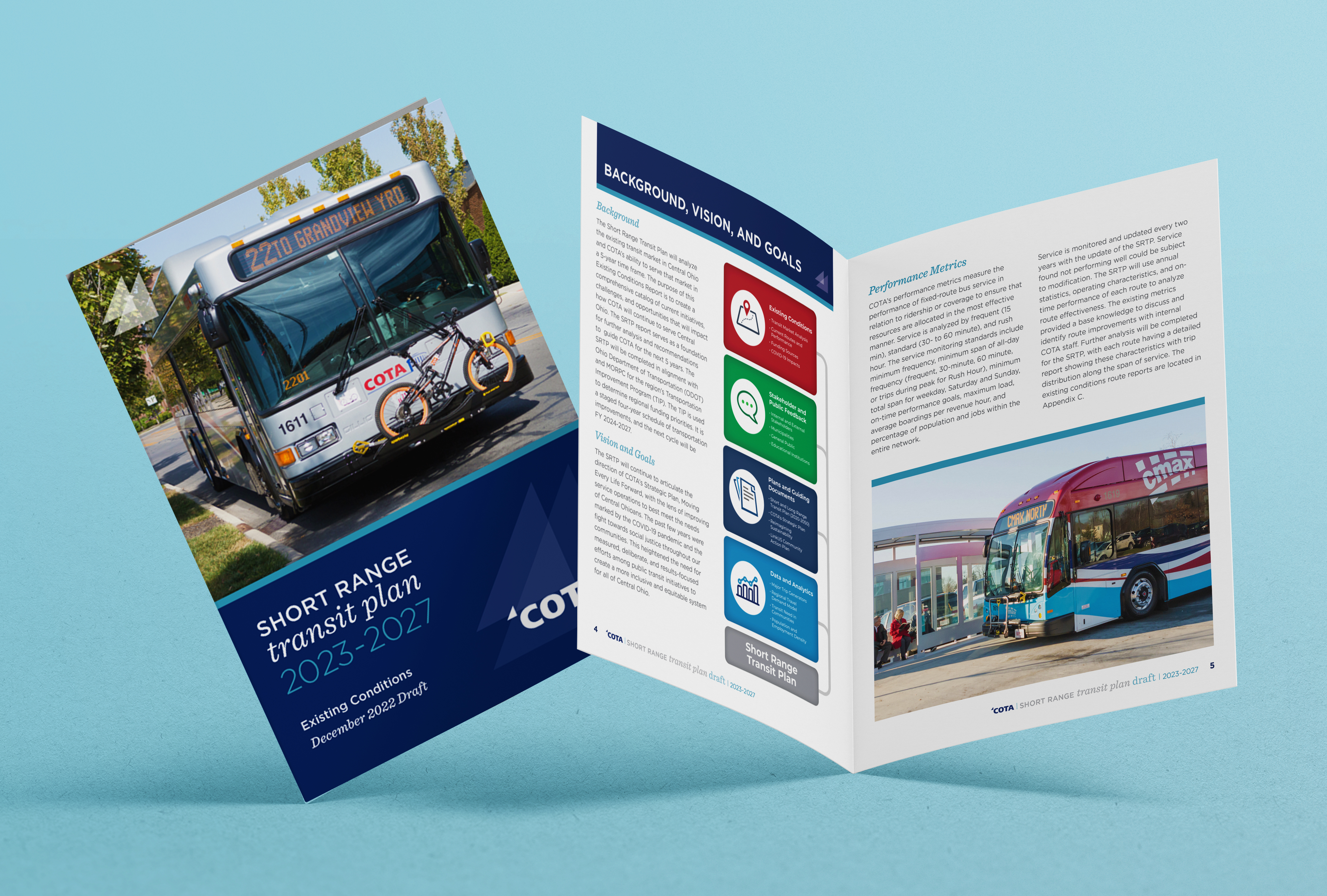
COTA continues to invest in innovative transit solutions. Providing equitable and reliable transit service to neighborhoods should continue to be a priority.
The Existing Conditions report provides a review of COTA transit planning and operations over the last several years to assist in recommendations for improved transit operations. Highlights of this document include:

Click image to expand
COTA’s ridership in 2019 was the highest in 31 years, which can be attributed to the successful implementation of the Transit Redesign in 2017. However, as with many transit providers in the United States, COTA’s service was impacted by the COVID-19 pandemic. In March 2020, COTA began to cut service in response to stay at home orders, as shown on the chart to the left.
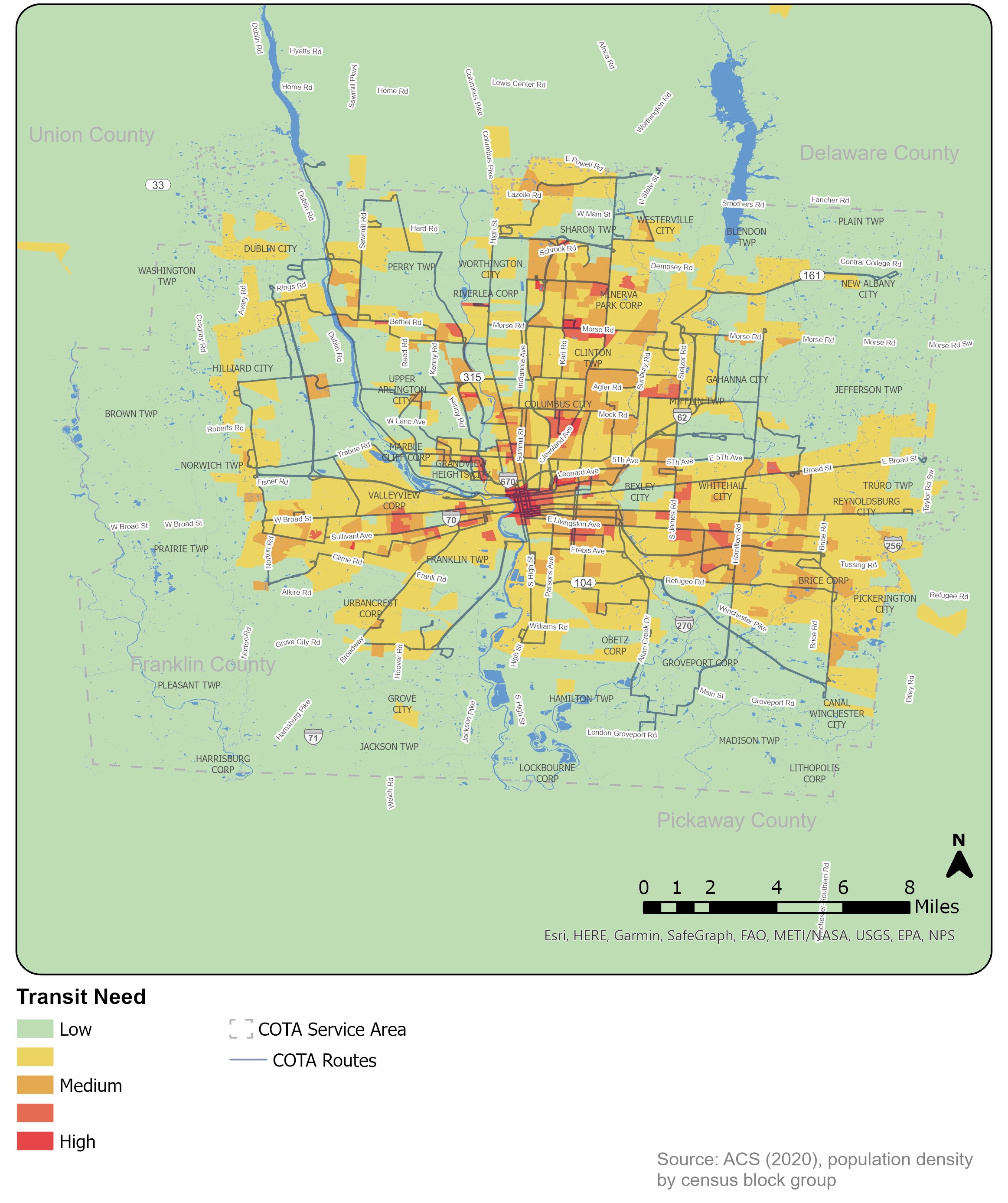
Click image to expand
Public Transit needs to be convenient for those who rely on it the most. This includes:
The map on the left shows the overall transit need for Central Ohio based on Census Data. The areas of greatest public transit are the Downtown vicinity, along with the Eastside, Hilltop, and Northland neighborhoods.
From the analysis and using most recent ACS 5-year estimates by census block group, the areas of greatest need for public transit in Central Ohio are Downtown, the Eastside, Hilltop, and Northland neighborhoods.

Click image to expand
Transit Potential measures the density of population and employment centers. Locations with high transit potential may strategically be able to support a public transit network given the economic flow of trade and commerce.
Public Transit connects people to jobs to create opportunities within the region. In Columbus, the map on the left show’s areas with high transit potential. These areas include North High Street and The Ohio State University campus, the areas adjacent to Downtown, and the Easton area on the Northeast side.

COTA has complemented existing fixed-route and paratransit services by investing in COTA//Plus On-Demand Microtransit services. This type of transit service improves access to jobs where fixed route service is not operationally efficient. COTA will continue to look at equitable ways to increase this service throughout its region.
Visit cota.com/services/cota-plus/ for more details

LinkUS is a growth and mobility initative to better connect our community and businesses. LinkUS will create an integrated mobility system that will make it easier to walk, bike, or take public transit.
Visit linkuscolumbus.com for more details.

COTA has modernized its transit payment infrastructure to be an account-based collection system to make transit more affordable, ensuring customers pay no more than $4.50 a day or $62 a month. This practice allows transit to remain affordable and equitable to all riders.
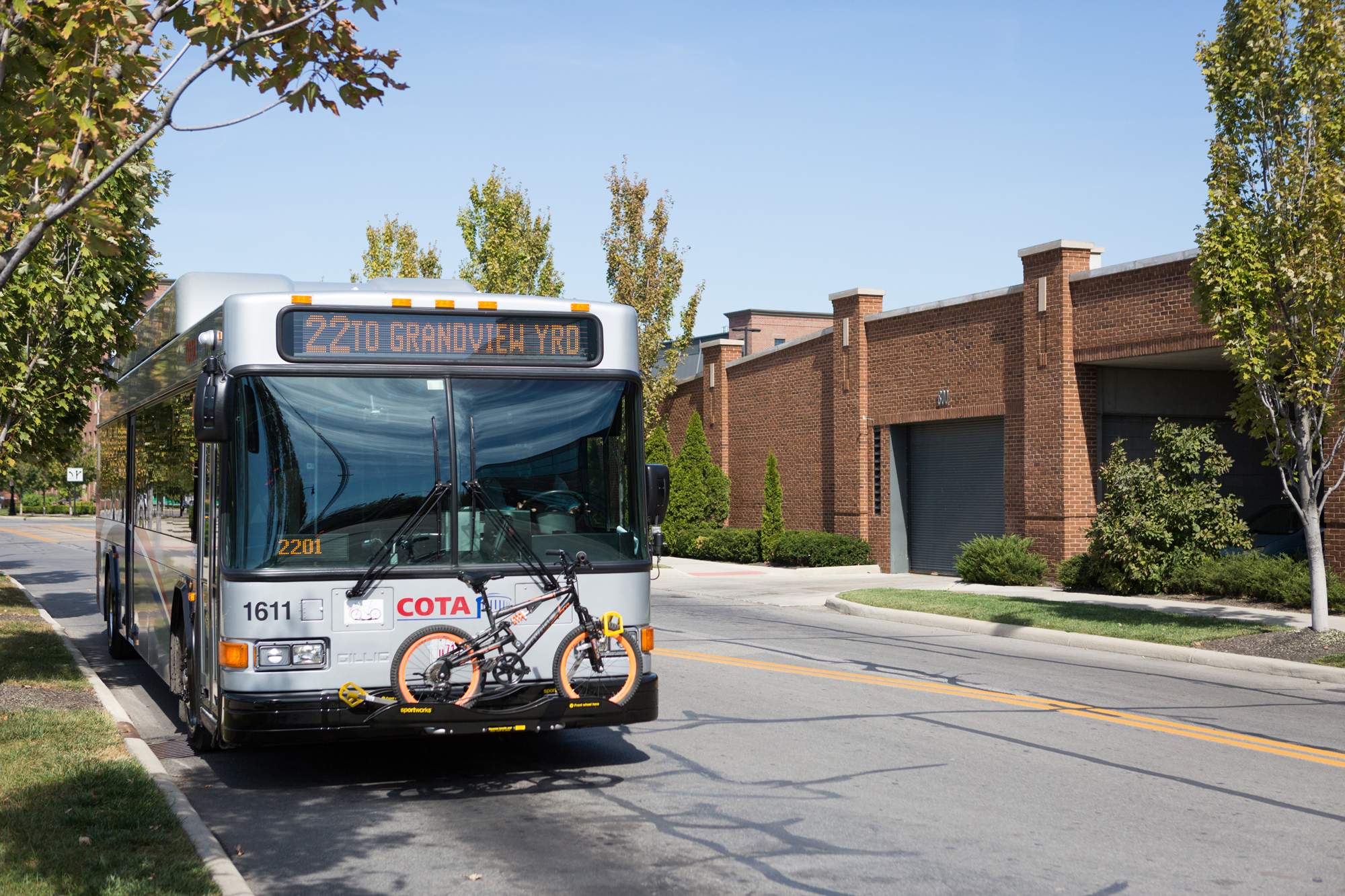
COTA is in the process of transitioning its fixed-route fleet to more sustainable vehicles. Through the development of a Zero Emissions Plan, this will drive equitable economic growth and sustainability throughout the region.
Visit cota.com/community-business/environmental-promise for more details.
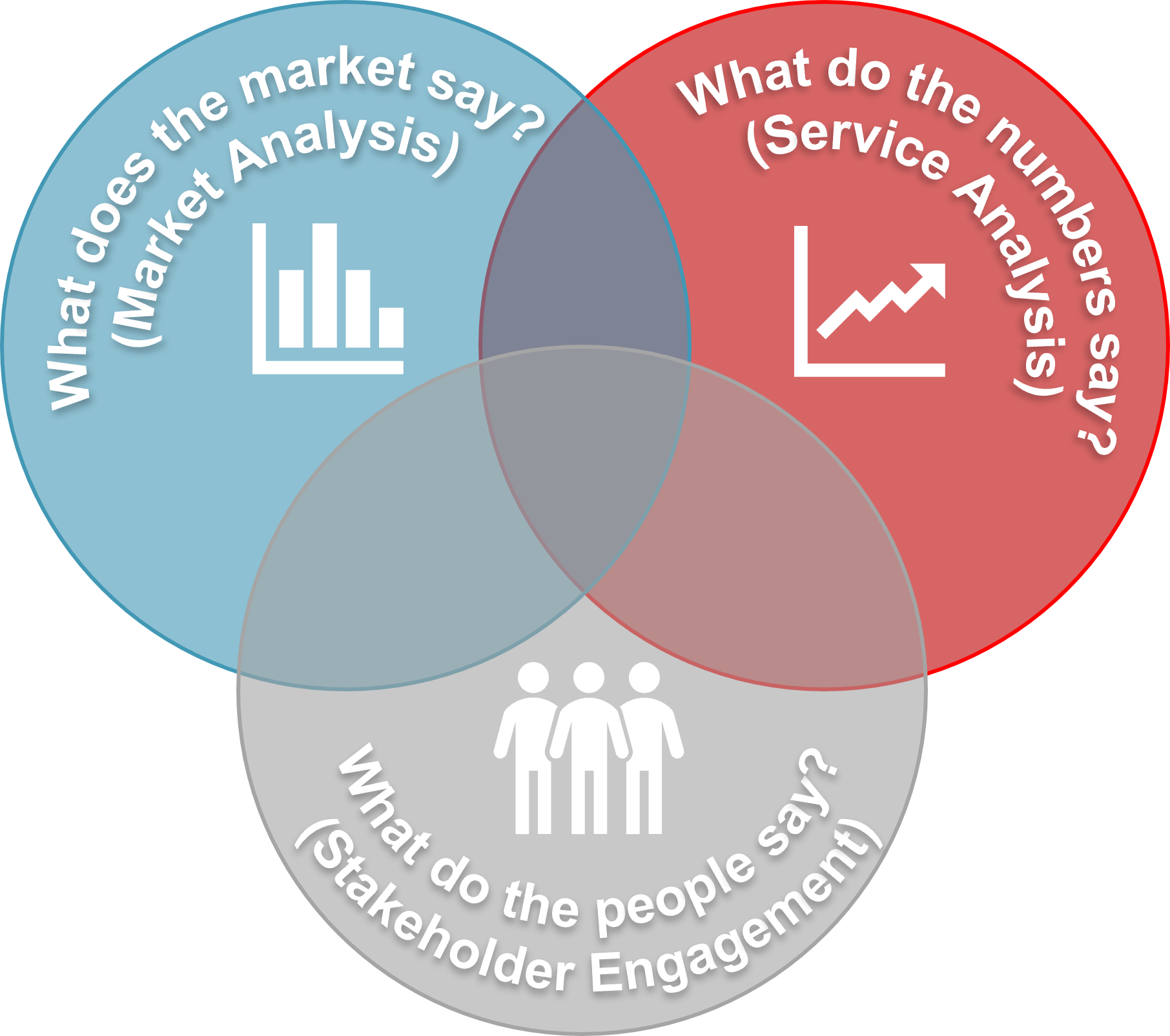
Throughout Fall of 2022, COTA met with municipalities, external stakeholders, and COTA staff to learn about opportunities and desires for transit in the next five years. Now, we want to hear from you!
COTA service planners and schedulers reviewed the entire COTA system through all day workshops. A route profile was created for each route that looked at service characteristics, such as:
These service characteristics lead to route strengths, weaknesses, and opportunities for the future that became the preliminary recommendations for the SRTP.
The Market Analysis analyzed the transit need and potential of Central Ohio and how well transit can serve various markets. This is important to consider while reviewing the transit network to encourage higher transit ridership and a network that meets the demand of the people.


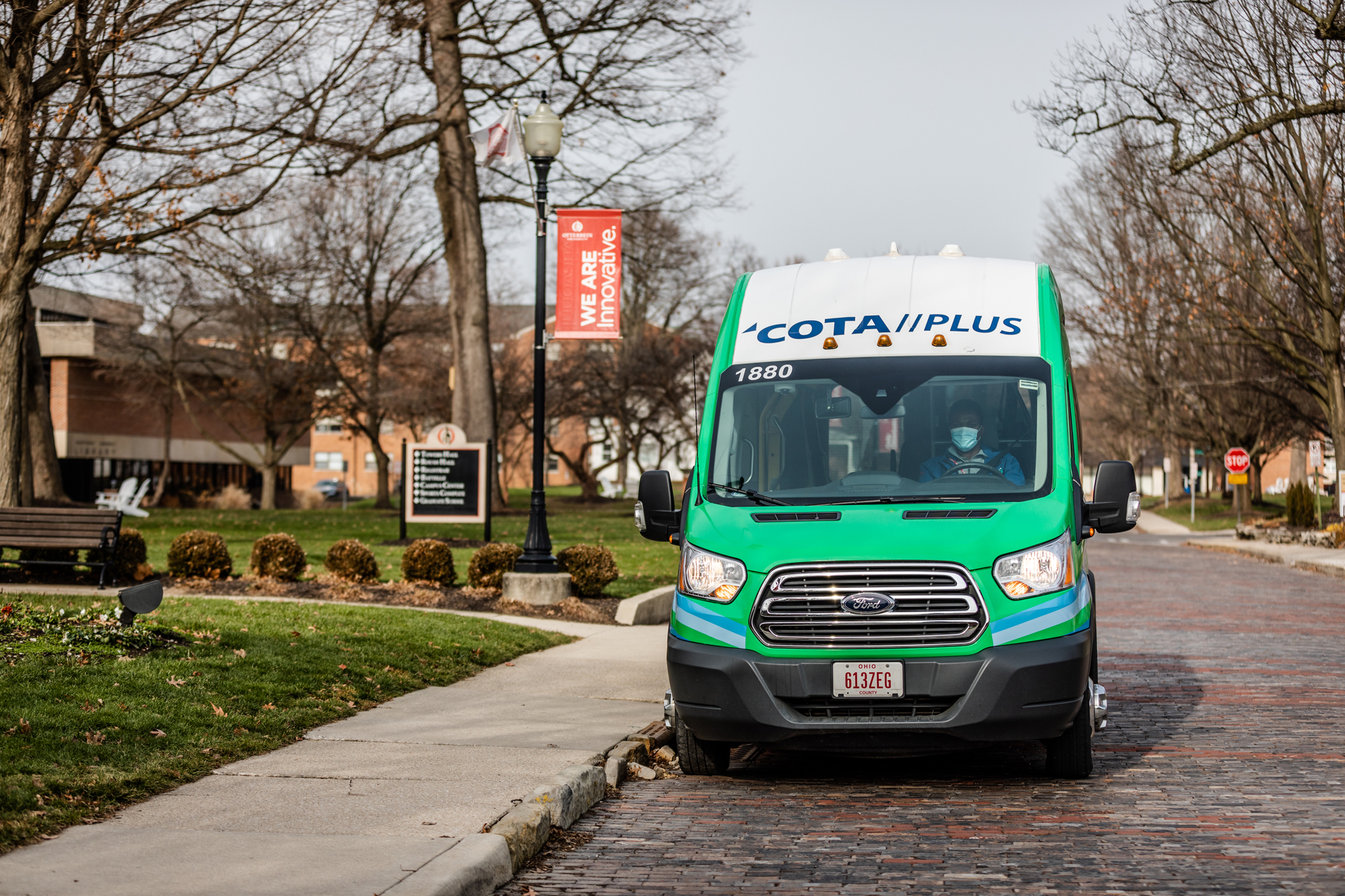
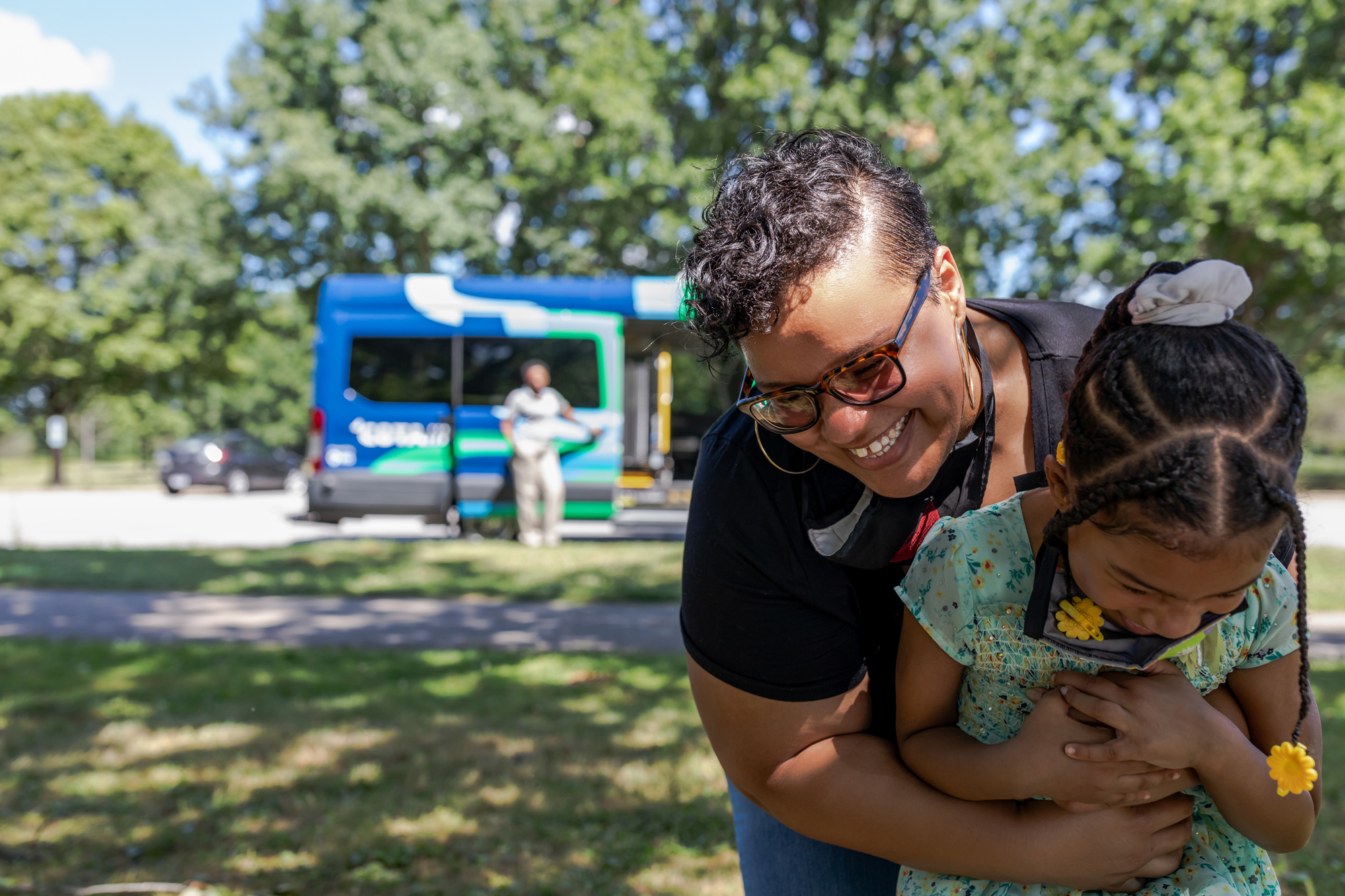
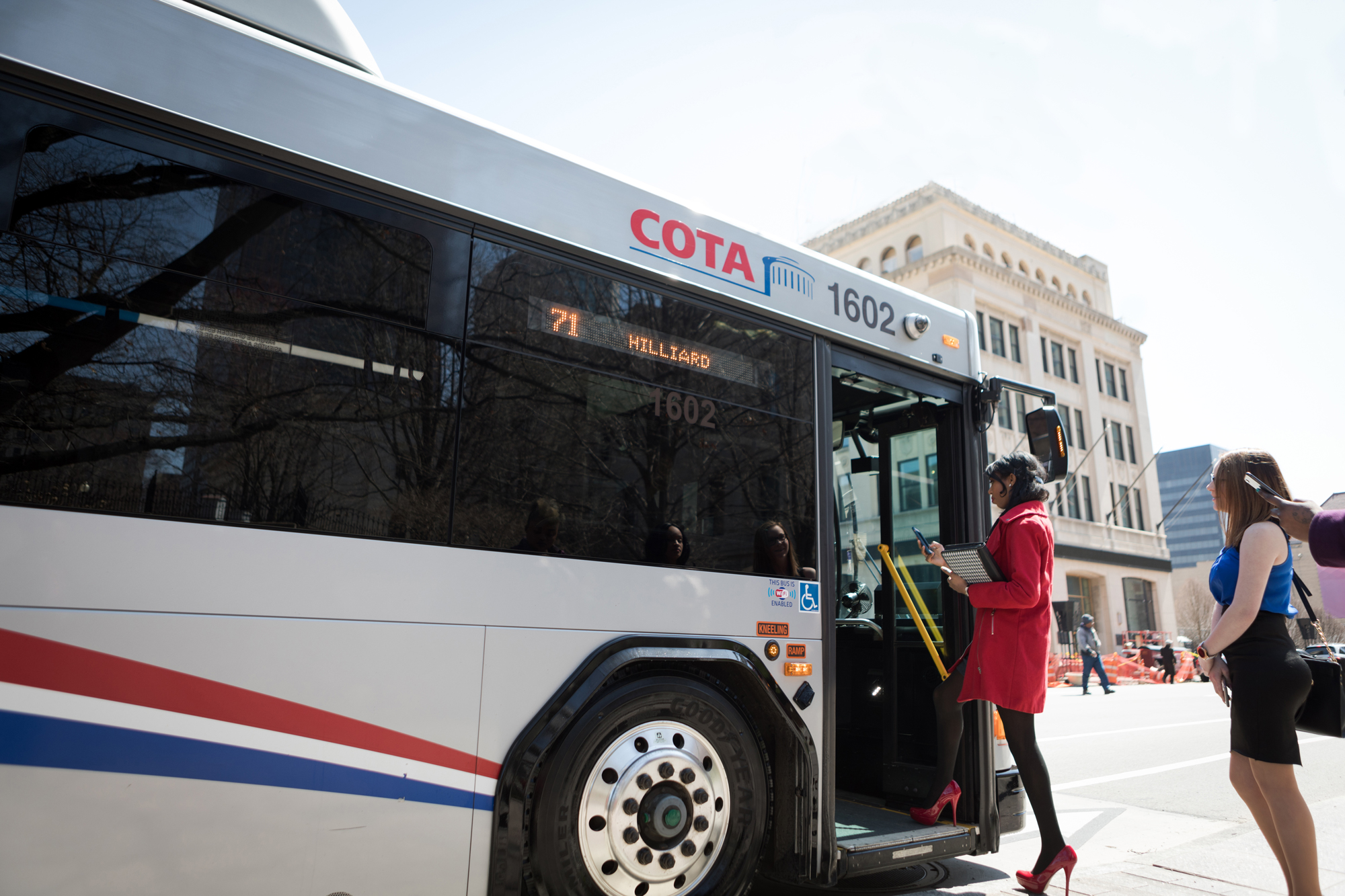
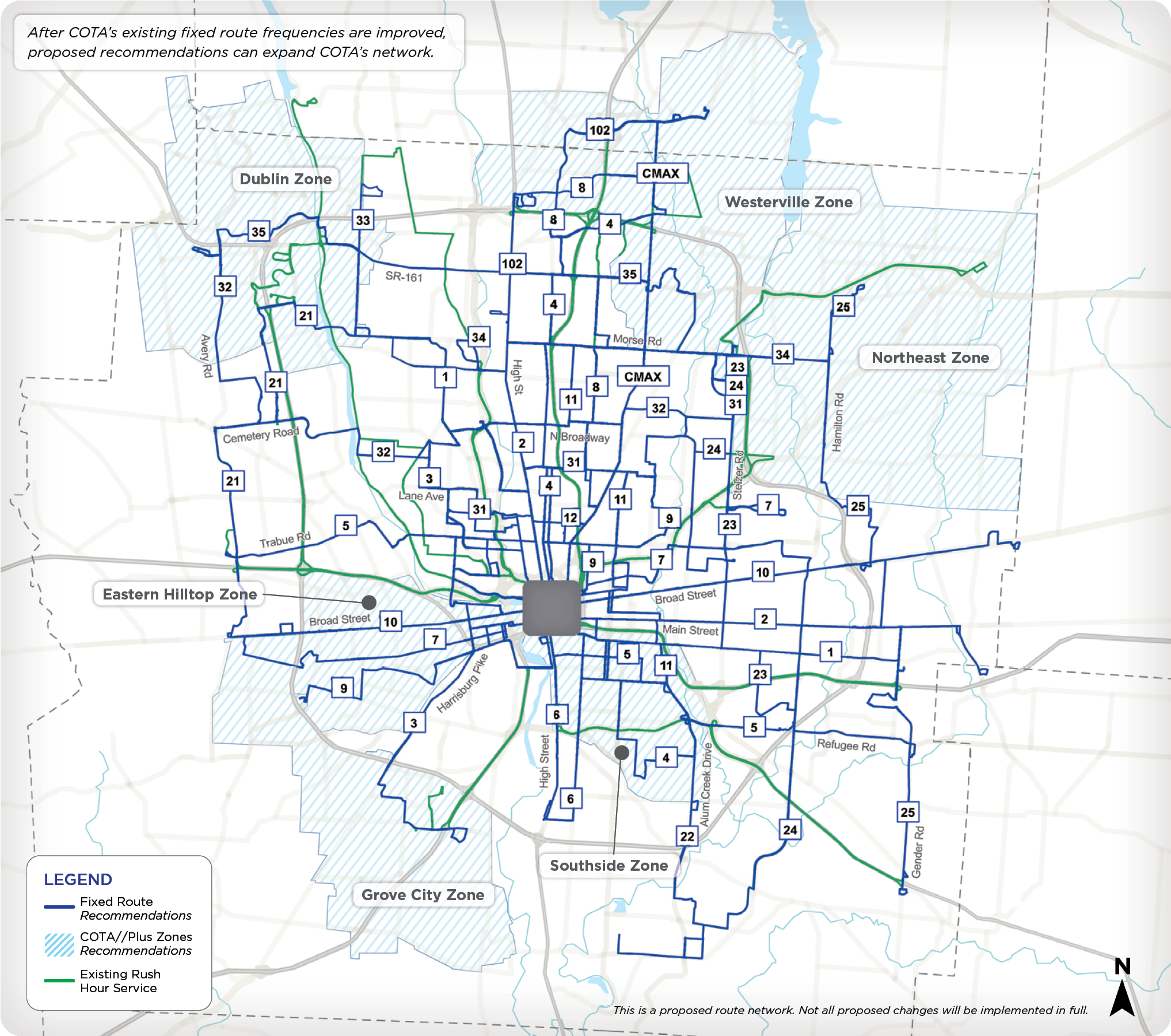
Click map to enlarge.

COTA is eager to hear from all stakeholders, including you! To Leave a comment or question, click the “comment” button on the top right!
Also, feel free to attend one of our several community outreach events, either in-person or virtual!
Date & Time: Monday April 10th, 6pm – 7pm
Location: Columbus Metropolitan Library Driving Park Branch – 1422 E Livingston Ave, Columbus, OH 43205 (Meeting RM1&2)
Date & Time: Tuesday April 11th, 12pm – 1pm
Date & Time: Tuesday April 11th, 6pm – 7:30pm
Location: Columbus Metropolitan Library Whitehall Branch – 4445 E Broad St, Columbus, OH 43213 (Meeting RM1)
Date & Time: Thursday April 13th, 12pm – 1pm
Date & Time: Thursday April 13th, 6pm – 7pm
Location: COTA Headquarters, 33 North High Street, Columbus, Ohio 43215
Date & Time: Monday April 17th, 8am – 9am
Date & Time: Monday April 17th, 12pm – 1pm
Date & Time: Tuesday April 18th, 12pm – 1pm
Location: COTA Headquarters, 33 North High Street, Columbus Ohio 43215
Date & Time: April 18th, 6pm – 7:30pm
Location: Columbus Metropolitan Library Karl Rd Branch – 5590 Karl Rd, Columbus, OH 43229 (Meeting RM2&3)
Date & Time: Wednesday April 19th, 12pm – 1pm
Date & Time: April 19th, 6pm to 7:30pm
Location: Columbus Metropolitan Library Hilltop Branch – 511 Hague Ave, Columbus, OH 43204 (Meeting RM1)
Date & Time: Thursday April 20th, 12pm – 1pm
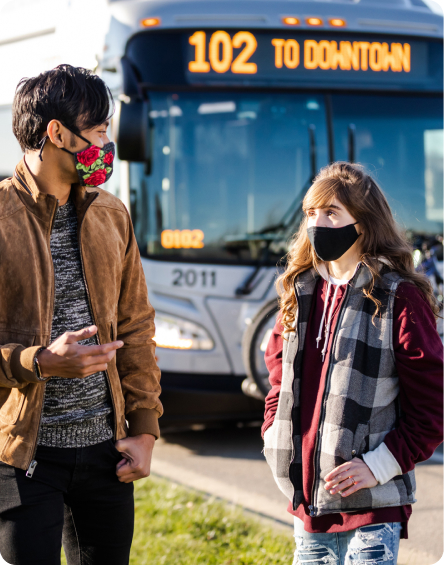

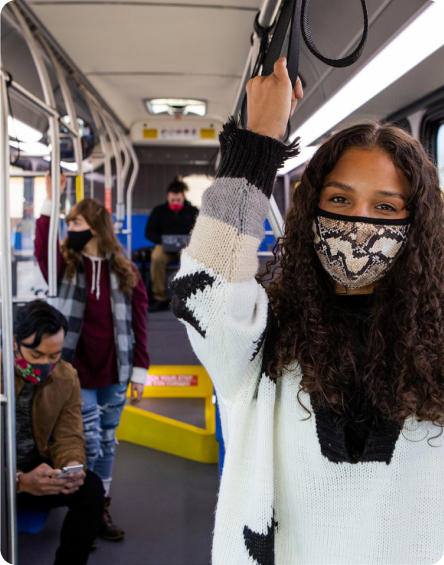
The Short Range Transit Plan will analyze the transit market in Central Ohio and COTA’s ability to serve that market through 2027. This plan will be a vital tool to assess current transit operations and future transit enhancements and prioritize expenditures, service, and funding to serve the communities mobility needs.
The SRTP will serve as a guide for COTA over the course of the next five years. In alignment with the Ohio Department of Transportation (ODOT) and Mid-Ohio Regional Planning Commission (MORPC), the SRTP will support the Transportation Improvement Plan (TIP) process for the region.
COTA has multiple levels of engagement throughout the SRTP development process. This fall, COTA met with key stakeholders, including municipalities within the service area, neighborhood groups, and local organizations.
COTA will engage the public and host a series of public meetings to discuss route recommendations in April.
This plan strategically looks at COTA service operations in an approach that is feasible within 5 years. The scenarios and recommendations that will be developed are within the financial model that COTA can sustain.

Please review the slides to learn more about the study.
Make a comment anytime by pressing the Comment button on the bottom of the left navigation menu.
Comment Form